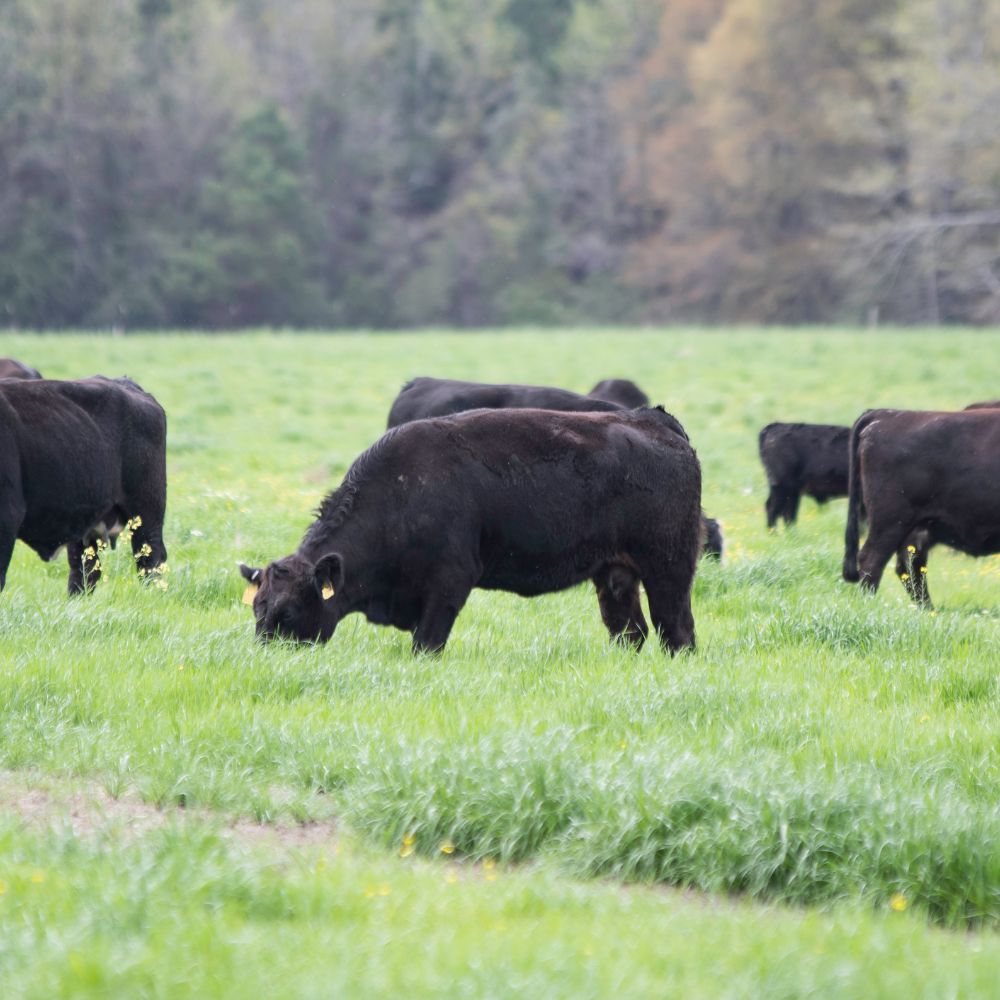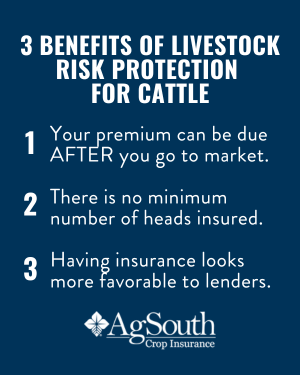Comprehending Livestock Danger Security (LRP) Insurance: A Comprehensive Overview
Browsing the world of animals danger defense (LRP) insurance coverage can be an intricate venture for numerous in the farming field. This kind of insurance policy uses a safety net against market changes and unpredicted scenarios that can influence livestock producers. By comprehending the details of LRP insurance, manufacturers can make educated decisions that may protect their operations from financial threats. From just how LRP insurance coverage operates to the various protection choices offered, there is much to discover in this thorough overview that can potentially form the way livestock producers approach risk monitoring in their services.

How LRP Insurance Coverage Functions
Sometimes, recognizing the auto mechanics of Livestock Risk Security (LRP) insurance can be complex, yet damaging down how it functions can provide quality for farmers and ranchers. LRP insurance policy is a risk administration device developed to shield animals manufacturers versus unexpected cost declines. It's vital to keep in mind that LRP insurance is not an earnings warranty; instead, it concentrates only on rate risk defense.
Eligibility and Coverage Options

When it comes to coverage choices, LRP insurance policy supplies producers the adaptability to pick the insurance coverage level, coverage duration, and recommendations that best suit their risk monitoring requirements. By understanding the eligibility standards and coverage alternatives available, animals producers can make educated choices to manage threat properly.
Advantages And Disadvantages of LRP Insurance Coverage
When evaluating Livestock Threat Defense (LRP) insurance policy, it is crucial for animals producers to consider the advantages and drawbacks inherent in this risk management tool.

One of the key benefits of LRP insurance policy is its ability to supply defense versus a decline in animals rates. In addition, LRP insurance coverage supplies a level of versatility, permitting manufacturers to tailor protection levels and plan durations to suit their certain demands.
One limitation of LRP insurance coverage is that it does not secure versus all types of threats, such as disease break outs or natural catastrophes. It is essential for manufacturers to meticulously evaluate their individual danger exposure and financial scenario to figure out if LRP insurance is the best threat monitoring device for their procedure.
Recognizing LRP Insurance Coverage Premiums

Tips for Optimizing LRP Benefits
Making the most of the advantages of Animals Threat Protection (LRP) insurance coverage calls for critical planning and proactive threat management - Bagley Risk Management. To take advantage of your LRP insurance coverage, consider the following pointers:
Regularly Analyze Market Problems: Keep informed about market fads and cost fluctuations in the livestock market. By keeping an eye on these elements, you can make informed choices regarding news when to buy LRP coverage to safeguard versus possible losses.
Establish Realistic Coverage Degrees: When choosing protection degrees, consider your manufacturing prices, market price of livestock, and possible dangers - Bagley Risk Management. Establishing sensible coverage degrees makes certain that you are sufficiently secured without paying too much for unnecessary insurance
Diversify Your Insurance Coverage: Instead of relying exclusively on LRP insurance, take into consideration expanding your danger monitoring methods. Integrating LRP with various other threat administration tools such as futures contracts or options can provide comprehensive protection versus market unpredictabilities.
Review and Adjust Protection Regularly: As market problems change, regularly evaluate your LRP coverage to guarantee it lines up with your existing risk direct exposure. Readjusting coverage degrees and timing of acquisitions can aid maximize your danger defense approach. By adhering to these pointers, you can take full advantage of the benefits of LRP insurance and secure your animals operation against unforeseen threats.
Verdict
Finally, animals risk protection (LRP) insurance is a valuable device for farmers to manage the financial risks related to their livestock procedures. By recognizing just how LRP functions, qualification and protection choices, in addition to the pros and disadvantages Discover More of this insurance coverage, farmers can make enlightened choices to shield their resources. By thoroughly considering LRP premiums and applying methods to make best use of advantages, farmers can mitigate potential losses and guarantee the sustainability of their procedures.
Animals producers interested in obtaining Animals Danger Protection (LRP) insurance policy can check out read more a range of qualification criteria and insurance coverage options customized to their particular livestock procedures.When it comes to coverage alternatives, LRP insurance coverage provides producers the versatility to pick the protection level, coverage duration, and recommendations that ideal suit their risk management requirements.To realize the intricacies of Livestock Danger Security (LRP) insurance policy totally, understanding the variables influencing LRP insurance premiums is critical. LRP insurance policy costs are determined by different components, including the coverage degree selected, the expected cost of animals at the end of the insurance coverage duration, the type of livestock being guaranteed, and the size of the insurance coverage duration.Review and Readjust Coverage Consistently: As market conditions transform, periodically examine your LRP insurance coverage to ensure it straightens with your current risk direct exposure.